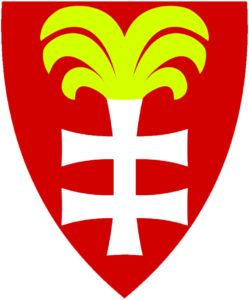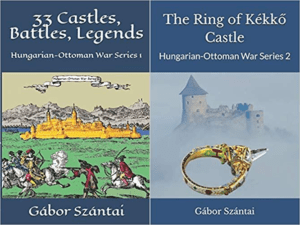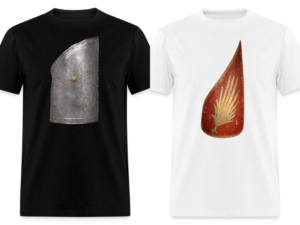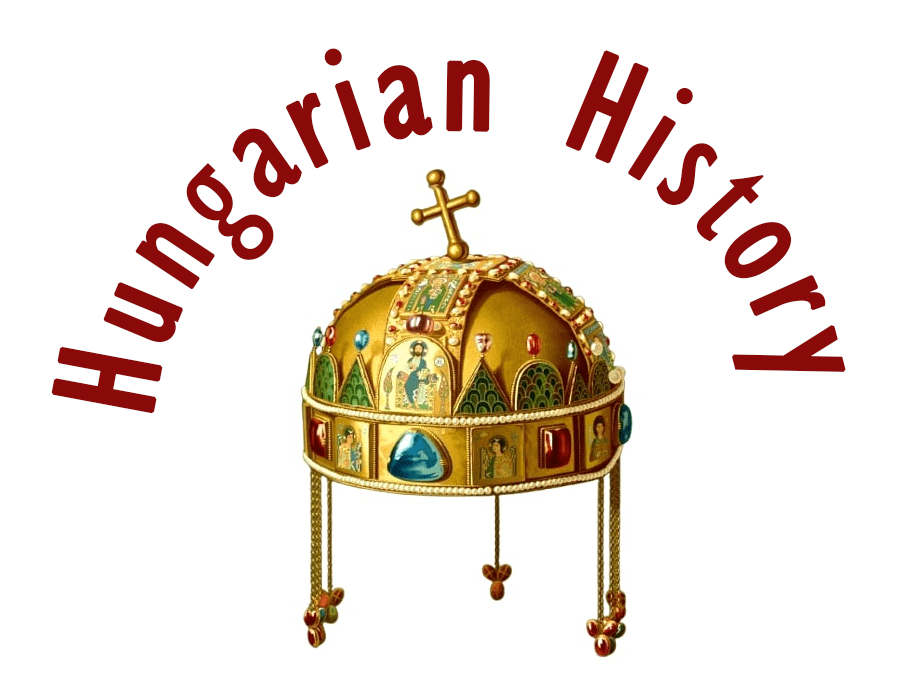Torna

Torna vára, aka Tornai vár (Turniansky hrad) can be found in Slovakia, next to the small town of Torna. It is just four kilometers away from the Hungarian border. The castle is situated on a hilltop, and it had likely been built on a former earthen castle. After the Mongol invasion of 1241-42, the town and the castle were owned by the Comes of Sáros, Tekus, and partly by the brothers called Both and Baach. (Please note that I am going to use the Oriental name order for Hungarians, where family names come first.) Location: https://tinyurl.com/29sjnk55

Here are a few videos about the castle from the old and from the present days, the first one is the work of Fodor Zsolt:
https://www.youtube.com/watch?v=wLT7y2s9pbs
The next video was made in 2013:
https://www.youtube.com/watch?v=Akge6BCARq8
King Zsigmond of Hungary gave a permit to Egyed of the Tekus family to build a stone castle on their hill in 1387. The new castle became the center of the Torna family. When the family was discontinued, Torna Castle was given to Berencsi István in 1406, who took over the „Tornai” name as well. This family also disappeared in 1440, and Lord Bebek Imre gained the castle. The infamous landlord fell in the Battle of Rigómező in 1448. The Bohemian Hussites took advantage of his death and took Torna Castle away from the family. It was only Hunyadi János who could get it back in 1451.

The settlement received the rank of a market town from King Matthias Corvinus in 1476. Later on, the lords of Torna, Ferenc and Bebek Imre, sided with the Holy Roman Emperor, but soon Bebek Imre went over to King Szapolyai János. The area was located on the debated border between King Ferdinand and King Szapolyai during the Dual Kingship of Hungary. The fort was taken in 1556 by General Dietrich and Pucheim, employed by King Ferdinand, with a short siege. However, King Ferdinand had to cede the castle to the army of Bebek György, the Chief Comes of Gömör County, during the same year.

The army of Magócsy Gáspár took the castle back in 1567 for the Habsburg Emperor, who rewarded their loyalty by giving it to them. As the Bebek family was discontinued because of the death of Bebek György, the castle’s ownership was not disputed. The castle was fortified with new bastions in the 16th century to answer to the challenge of the more developed artillery of the age.
The troops of Prince Bethlen Gábor of Transylvania occupied it in 1612, but the castle had to be given back to the Habsburgs in 1624, according to the Treaty of Vienna.

As the castle was not far away from the Military Borderland, Ottoman raiding parties that came from Eger castle were looting the settlement in 1652, and the same happened in 1675. When the troops of Teleki Mihály, Chancellor of the Prince of Transylvania, arrived at the castle in 1678, the Hungarian soldiers of the garrison killed the German mercenaries and opened the gates to the Transylvanians. It was a typical case during the wars of the Transylvanian princes: the Hungarian garrisons usually ceded the castles to them quite happily.

It was General Leslie who took it back from them in 1679. The next owner of Torna Castle was Pasha Ibrahim, who occupied the castle with the support of Prince Thököly Imre’s troops in 1683. Not much later, the so-called “kuruc” rebels of Thököly abandoned the castle, and the army of General Schultz could move in without a fight. He took good care of exploding the castle with gunpowder so nobody else could occupy it anymore.

It is nice to see that the information board at the castle includes the Hungarian language as well (2020), it is a habit that should be common in other castles in Slovakia, too. The local Hungarian community of Torna has been trying to preserve the ruins and clean the vegetation on the hilltop, but they could use some help because the place is wonderful and it is part of our historic heritage.

The Legend of Torna Castle
The king—King Béla—was tired, exhausted, and even in the saddle, he struggled to stay awake. For three days, he had been fleeing from the Sajó Valley to the Hernád Valley, from the Hernád Valley to the Bódva Valley, and who knows where else, running from the Tatars from the Muhi Plains! His companions gave their horses to the king one after another, so that the king would remain safe and get as far away as possible from the cruel Khan Batu, who was pursuing him!

The Szádelői and Áji valleys were covered with dense forests, deep gorges with sky-high cliffs, impassable roads, waterfalls, ravines, and dark caves where they could hide. A group of Tatars broke away from the others and pursued them for a long time, killing some of them. Three members of the king’s entourage also perished before the Tatars lost sight of the fugitives. They turned back to bring reinforcements.
At that moment, Béla’s men moved to the side and disappeared into the ravine. The horses were exhausted and could barely walk. They were panting heavily.
The king stopped his horse at a spring. He watered it and took a sip himself from a drinking horn. He sat down beside the spring. The water splashed snow-white foam and babbled carefree, as if it knew nothing of the trouble in the country.
A stable boy was familiar with this area. His name was Bebek. To distract the king from his pain, he approached him with great respect and said:
“Look, sir, petrified wasps.”
He kicked small, smooth stones with his shoe in the stream. He continued:
“They say that huge rock over there used to be a wasp nest, but the queen of the wasps once stung the queen of the fairies, and the queen of the fairies turned the nest into stone and the wasps into pebbles as punishment.”
A faint smile appeared on the king’s face.

“And what else do you know?”
“Your great predecessor, King Attila, also visited this place once. He had a commander named Dengezics. He was a boastful, loud-mouthed Hun warrior, and riding across this ravine, he declared to everyone that he would ride across the Witch’s Bridge and then jump back across the valley from one rock peak to another. Look, sir, there is the Witch’s Bridge.”
The king looked up at the sky. Above his head, a narrow rock arched high into the sky.
“Dengezics managed to cross the bridge, but his horse could not make it from one rock to the other. He fell and was buried here. I will find his grave, sir, if you wish.”

The king waved his hand.
“Don’t tell such sad stories. Can’t you tell us something more cheerful in our great distress?”
Bebek, the stable boy’s eyes lit up. “Of course I can, sir. Listen to this! Look up at those two huge rocks. Once upon a time, in the days of your ancestor, King István, two castles were standing there, facing each other, with two hostile lords in the towers of the castles. One lord had a beautiful daughter, Enikő, and the other had a spirited son, Zsolt. They loved each other secretly and would sometimes meet at this well, from which you drank, my lord. Their fathers forbade them to see each other because their feud had lasted since their grandfathers’ time. The young people vowed to run away, come what may, and be together. One beautiful dawn, young Zsolt jumped on his horse from the rock of their castle and rode to the courtyard of the other castle, where the girl was waiting for him. He took her in his arms, and what do you think happened to them, my lord?

“They fell into the depths together,” replied King Béla. “I told you, Bebek, I don’t like stories like that right now.”
“You’re wrong, Your Majesty,” said the stable boy, a stray ray of sunlight glinting in his eyes, “because he took the girl to a third castle. It was a small castle, almost just a hut on the hill in Torna. It was Zsolt’s inheritance from his godfather. They lived there faithfully, loving each other, until they died.”
The king leaned back contentedly. A brushwood fire crackled in front of the cool cave, and a knight roasted trout and offered it to Béla.
That’s a better story,” nodded the king, “that’s what I like to hear. Where are you from, stable boy?”
“Not far from here, Your Majesty, near Cseremosnya. My father and all my brothers are shepherds. I will return to them as soon as I know that your escape was successful!”
“Well, if God grants me a safe return, and I arrive back in Buda or Fehérvár, find me, shepherd Bebek! I will do what you have told me.”

The shepherd Bebek did not forget the king’s promise, and not long after, when the shepherd found a shining gemstone on the side of the mountain and took it up to the king in a bag, King Béla said to him:
“I remember you, Bebek, how could I forget! Your cheerful story brought me comfort in my great sorrow. And lest you think that the king has forgotten his promise: the Torna mountain is yours, build a castle there. And the name of your castle shall be Torna Castle.”
“And the name of the spring, my majestic king, from which you drank, shall be Királykút! (meaning: “king’s well”)
And so Torna Castle – one of the “akol” (meaning: a sheep hold) – became the property of the Bebek family.
Source: Szombathy Viktor: Száll a rege várról várra
(Madách Publishing House, Bratislava /Pozsony, 1979)

Dear Readers, I can only make this content available through small donations or by selling my books or T-shirts:
Please, feel free to support me with a coffee here:
You can check out my books on Amazon or Draft2Digital; they are available in hardcover, paperback, or ebook:
https://www.amazon.com/dp/198020490X or at https://books2read.com/b/boYd81

My work can also be followed and supported on Patreon: Become a Patron!http://Become a Patron!
[wpedon id=”9140″]

https://hungarianottomanwars.myspreadshop.com/all

Here are more pictures of Torna Castle:


































